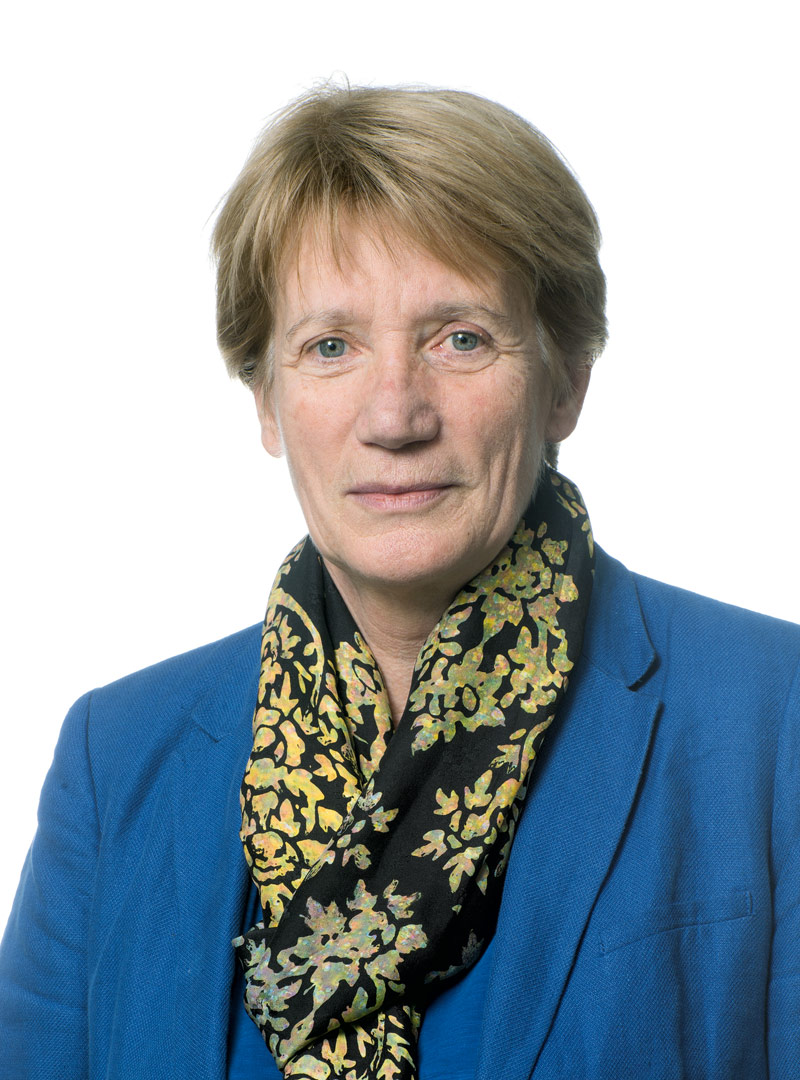Short Biography
Béatrice Desvergne was trained as a MD and PhD, with bachelor degree in Philosophy. She initially specialized in Anesthesiology and Resuscitation, practiced medicine, and then dedicated her times to fundamental biomedical research. She carried out a post-doctoral stay from 1988 to 1992 at the National Institutes of Health in Bethesda, first as visiting fellow and then visiting associate in the National Institute of Diabetes and Digestive and Kidney Diseases. In 1992, she was appointed as Assistant Professor at the Institute of Animal Biology of the UNIL, and joined the Center for Integrative Genomics in 2003. After being appointed as Associate Professor, she was promoted as full Professor in 2008. From 2009 to 2012, she was President of the fundamental sciences section of the faculty of Biology and Medicine and vice-dean for research. She was then elected Dean of the Faculty of Biology and Medicine (2012-2015).

BÉATRICE DESVERGNE – RESEARCH REPORT
Networking activity of nuclear receptors during development and in adult metabolic homeostasis
My group is interested in exploring metabolic homeostasis. For the last decade, we focus our questions and models on the nuclear receptor family of transcription factors, more particularly on PPARs which play a major role in metabolic homeostasis. We used genetically modified mice models and applied state of the art molecular and cellular approaches to address the mechanism of homeostasis perturbations.
The recent works made use of a newly developed model of PPARγ full deletion in mice. These mice are totally deprived of adipocytes, allowing to explore the systemic metabolic consequences. We have thus gained insights into the mechanisms underlying the pathogenesis of different metabolic disorders that accompanied type 2 diabetes, such as metabolic inflexibility, diabetic nephropathy and steato-hepatitis, for which few «in vivo» models are satisfactory.
This model also unravelled the important paracrine activities of the adipose tissue, particularly in the skin development and homeostasis, but also on bone homeostasis (see video) and haematopoiesis.
We now are moving towards the evaluation of the homeostasis at an integrated level, i.e. at system levels, rather than organ or single factor levels. One main project presently developed in the laboratory aims at identifying the very early events occurring in the adipose tissue, including epigenetic modifications, metabolic activity, and tissular inflammatory response that contribute to the systemic metabolic perturbations observed upon high fat diet exposure, as well as during aging. The combination of «omics», their co-analyses and integration, with the possibility of modelling, requires competences in and development of bioinformatic tools.
3D microCT reconstruction of the femurs, in 12 month-old females. These images highlight a dramatic trabecularization of the bone architecture in Pparg Δ/Δ mice, which extends along the shaft almost reaching the mid-diaphysis. Interestingly, cortical bone was found to be extremely porous at both the epiphysis and diaphysis.
GROUP MEMBERS
Group leader
Béatrice Desvergne
beatrice.desvergne@unil.ch
Maître Assistante suppléante
Federica Gilardi
Postdoctoral fellows
Elizabeth Gabriela Aguileta
Greta Giordano Attianese
Barbara Toffoli
Phd Students
Tiziana Caputo
Mariano Schiffrin
Bao Khanh Trang
Master Student
Gabriele Damonne
Visiting Scientist
Mariaserena Boraso
Technicians
Michaël Baruchet
Maude Delacombaz
Carine Winkler
Administrative assistant
Carine Dovat
carine.dovat@unil.ch
